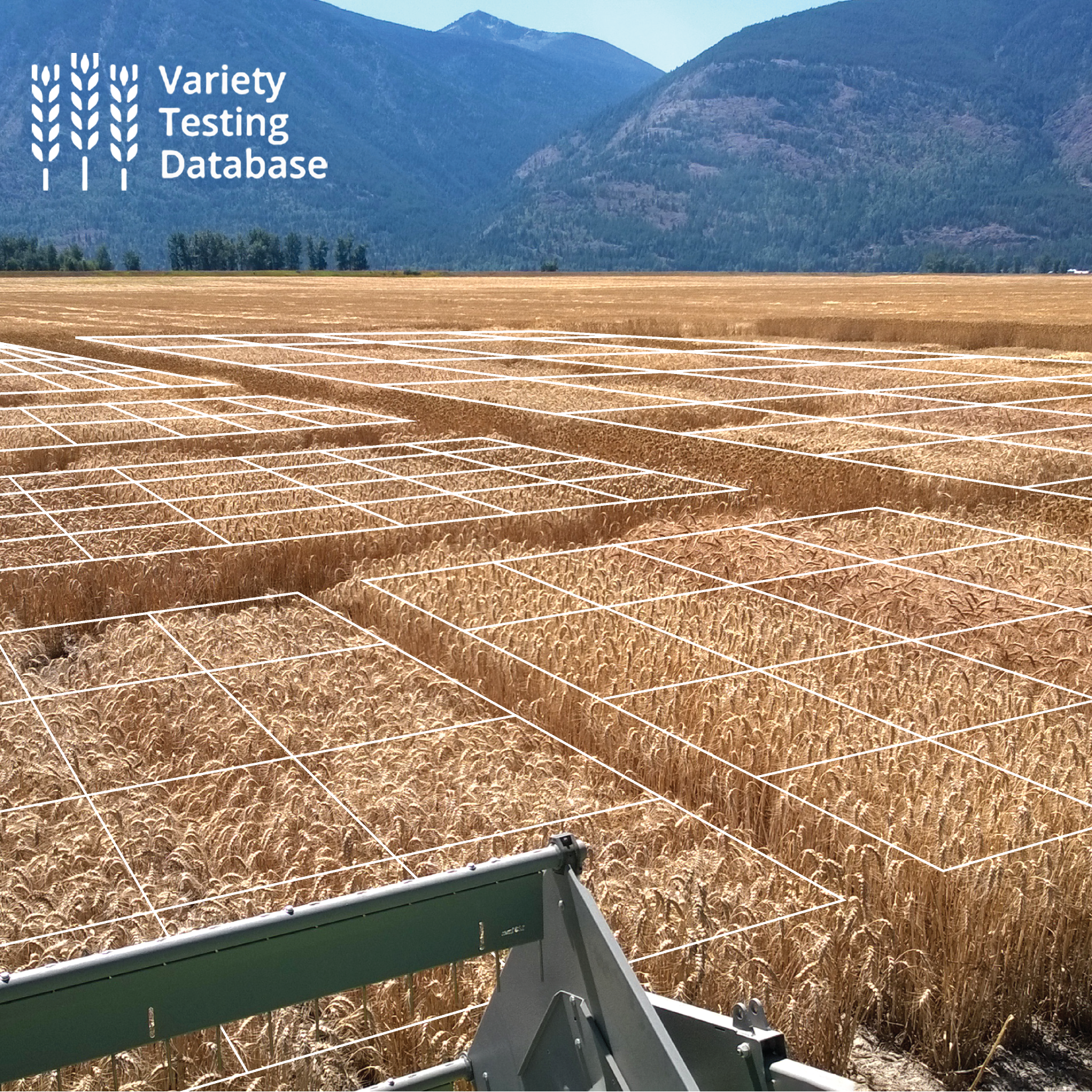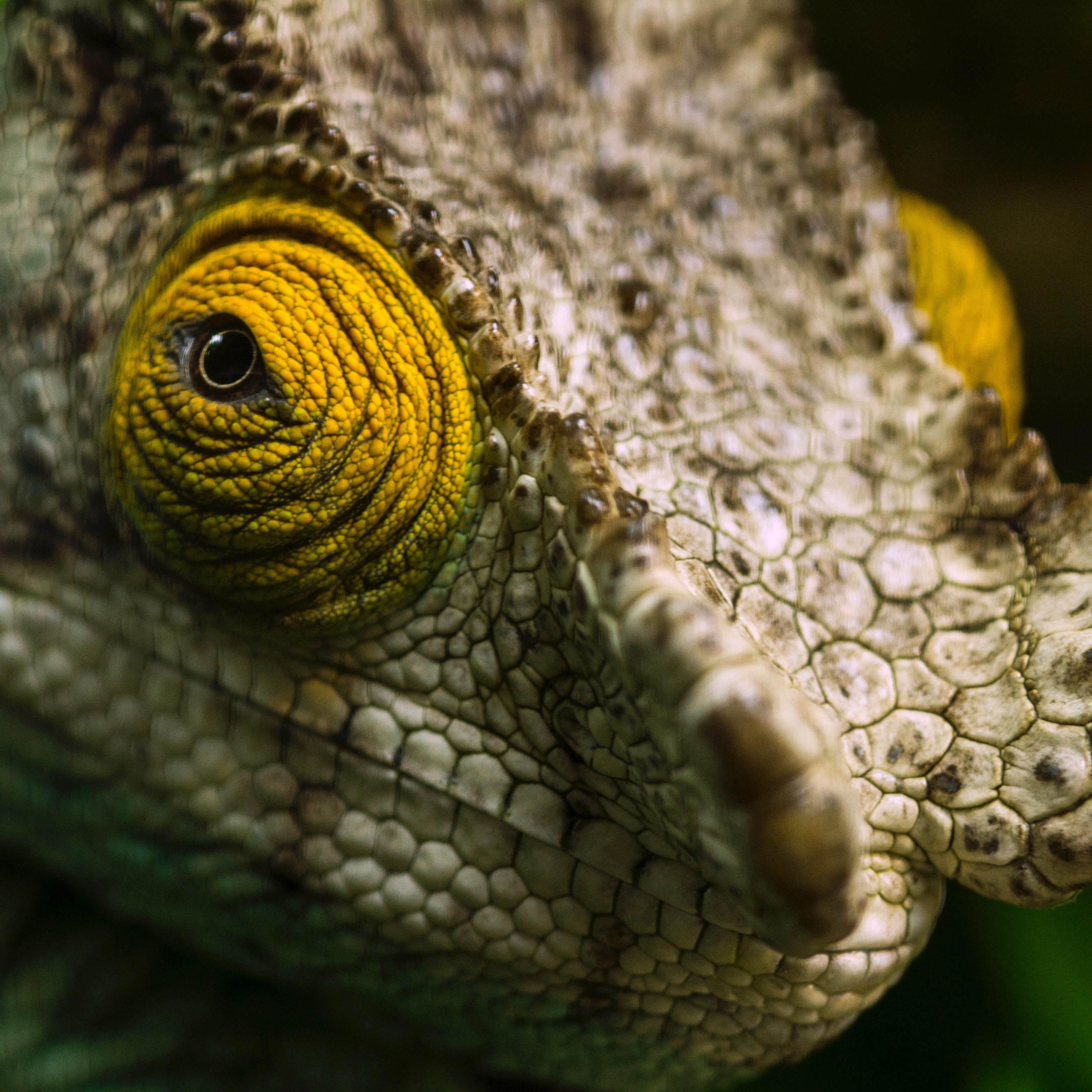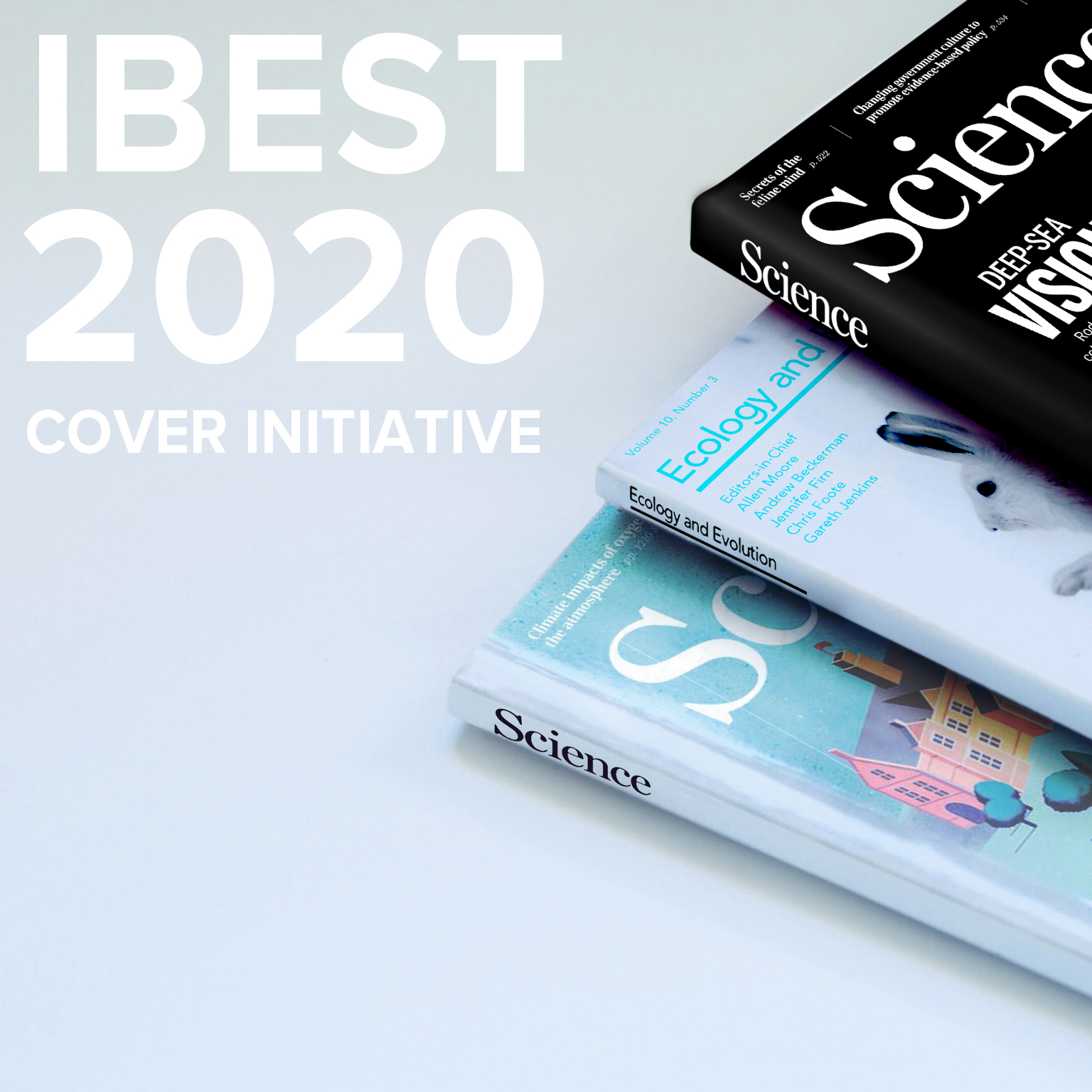
Understanding Genetic Differences Will Help Manage an Idaho Pest
A Wireworm is the small grub-like larva of a click beetle. It’s a major pest to Idaho farmers, and poses a continually growing economic threat. Researchers at the University of Idaho and the Idaho Wheat Commission have found that two species of wireworms are actually comprised of multiple genetically distinct groups that are divergent enough to be considered unique species. They found a total of five potential species, which means that managing these pests could be even more difficult.
.jpg)
Zebrafish May Hold Clues for Retinal Regeneration in Humans
What can zebrafish do that humans can’t? They can regenerate damaged neurons in their retina, for starters. Assistant Professor Diana Mitchell in the Department of Biological Sciences recently received $1.25 million of direct funding from the National institutes of Health (NIH) to study specialized immune cells called microglia and macrophages, to determine if the function of these cells could help explain why zebrafish have this ability and humans don’t.
.jpg)
Flipped sex roles in pipefish, seahorse topic of U of I research
The Jones Lab recently received two grants from the National Science Foundation (NSF) valued at about $1.5 million to further research how sexual selection and sexual conflict — which gives rise to different characteristics in males and females — affect the genome. Combined, the studies will last four years.
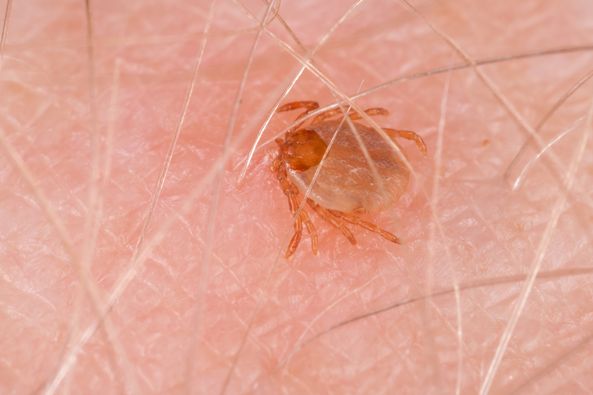
U of I Research Team Earns Nearly $6M to Battle Lyme Disease, Surging Tick-Borne Illnesses
University of Idaho researchers are leading a nearly $6 million National Science Foundation (NSF) cooperative agreement, using large and complex data sets to improve prediction and response measures for tick-borne diseases.
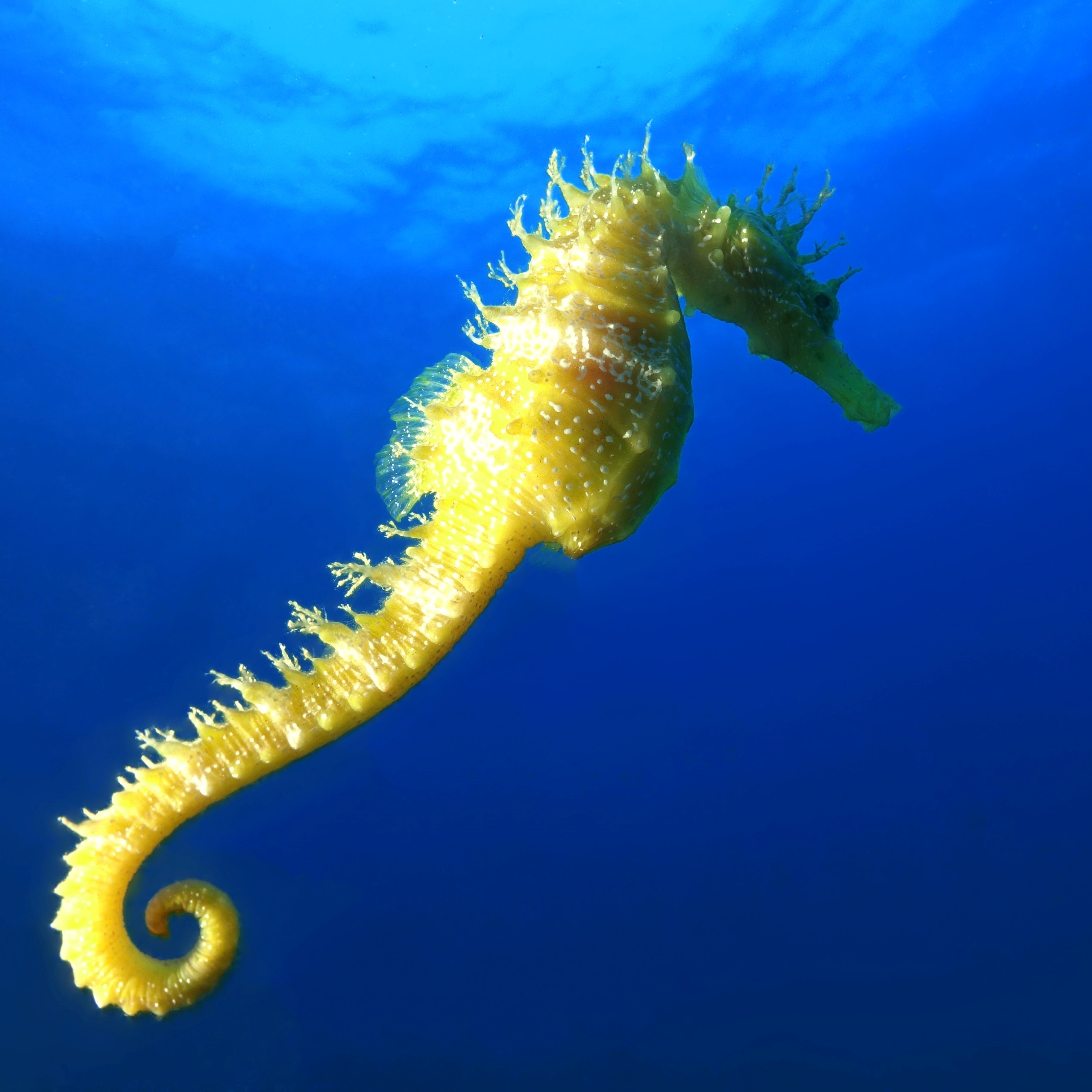
Adam Jones Awarded $1 Million Comparative Genomics NSF Grant
Adam Jones, a professor in the Department of Biological Sciences, was awarded a $1 million comparative genomics grant from the National Science Foundation (NSF) to study sexual selection and sexual conflict in pipefish and seahorses over the next four years. He aims to better understand the under-studied relationship between sexual selection and genomes.

BCB Alumni Feature: Pavitra Roychoudhury
Pavitra Roychoudhury has been around the world for her education and career. Her path has run from India, Nigeria, Ghana, and Singapore to Idaho and Washington state, where she currently resides. A graduate of the University of Idaho’s Bioinformatics and Computational Biology program, she is using her training and experience to help answer questions about the SARS-CoV-2 virus (COVID-19) through genomic sequencing.

2019 Highly Cited Researcher Series: Luke Harmon
Read interviews with influential U of I researchers in our 2019 Highly Cited Researcher Series. Luke Harmon is a Professor in the Biology Department, and one of four faculty from the University of Idaho recognized by Web of Science Group as a highly cited researcher in 2019.

2019 Highly Cited Researcher Series: John Abatzoglou
Read interviews with influential U of I researchers in our 2019 Highly Cited Researcher Series. John Abatzoglou is an Associate Professor in the Geography Department, and one of four faculty from the University of Idaho recognized by Web of Science Group as a highly cited researcher in 2019.

2019 Highly Cited Researcher Series: Paul Hohenlohe
Read interviews with influential U of I researchers in our 2019 Highly Cited Researcher Series. Paul Hohenlohe is an Associate Professor in the Biological Sciences Department, and one of four faculty from the University of Idaho recognized by Web of Science Group as a highly cited researcher in 2019.

